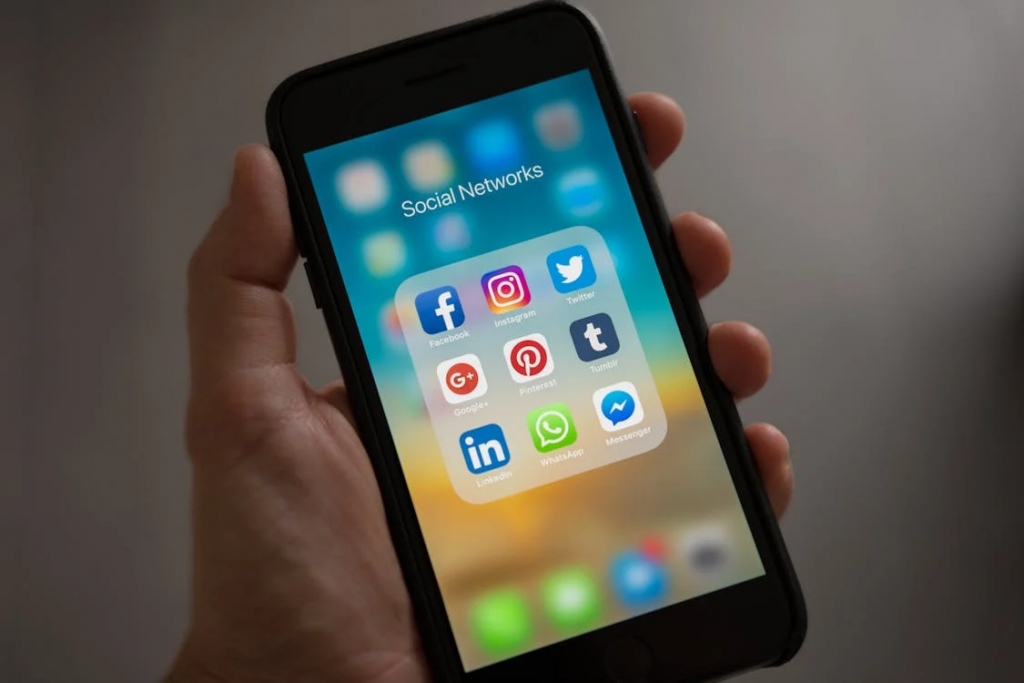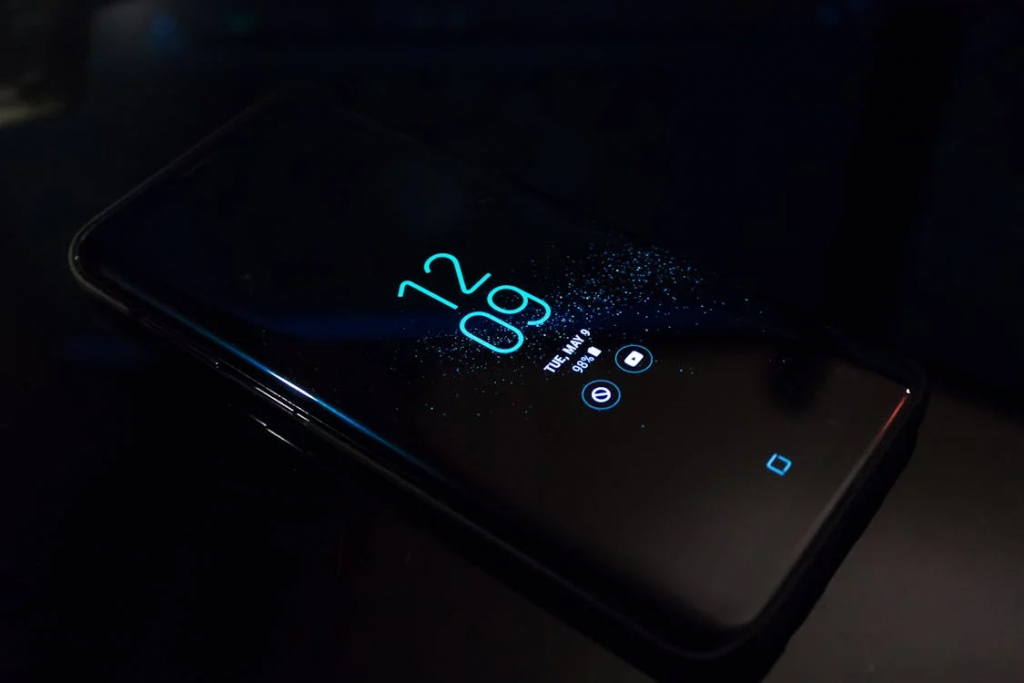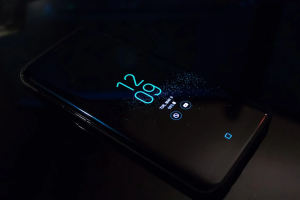
Smartphone displays have evolved dramatically over the past two decades, transforming from small, low-resolution screens into vibrant, high-definition canvases that are integral to our daily digital experience. As technology continues to advance, the future of smartphone displays promises even more remarkable innovations. This article explores the current trends, emerging technologies, and future directions in smartphone display development, supported by real-world examples and expert insights.
- Evolution of Smartphone Displays To appreciate the future, we must first understand the past. Early mobile phones featured monochrome displays with minimal interactivity. The advent of color screens, touch sensitivity, and higher resolutions set the stage for modern smartphones.
- 2007: Apple’s first iPhone introduced capacitive multi-touch and a 3.5-inch LCD.
- 2010: AMOLED displays became more common, starting with Samsung’s Galaxy S series.
- 2015: Quad HD displays and edge-to-edge designs became popular.
- 2020s: High refresh rates (120Hz+), under-display cameras, and foldable screens emerged.

- Current Trends in Smartphone Displays
2.1 High Refresh Rates Modern smartphones are increasingly adopting high refresh rates—90Hz, 120Hz, and even 144Hz. This trend enhances user experience by making animations smoother and gameplay more responsive. For example, the ASUS ROG Phone 5 targets gamers with its 144Hz AMOLED screen.
2.2 OLED Dominance Organic Light Emitting Diode (OLED) technology now dominates the premium smartphone segment. Compared to LCDs, OLEDs offer better contrast ratios, deeper blacks, and improved power efficiency. The iPhone 14 Pro and Samsung Galaxy S23 Ultra both use advanced OLED panels.
2.3 Edge-to-Edge and Notch-Free Displays Manufacturers aim for immersive screens with minimal bezels. Innovations like hole-punch cameras, under-display sensors, and pop-up cameras support this trend. Xiaomi’s Mi MIX 4 features an under-display camera, eliminating the need for a notch.
2.4 Foldable and Rollable Screens Flexible OLED technology has paved the way for foldable phones like the Samsung Galaxy Z Fold5 and Huawei Mate Xs 2. Rollable prototypes from companies like Oppo indicate that smartphones may soon feature extendable displays for dynamic resizing.

- Future Technologies and Innovations
3.1 MicroLED Displays MicroLEDs combine the best of OLED and traditional LEDs. They offer high brightness, excellent color accuracy, and are less prone to burn-in. Though currently expensive, companies like Apple and Samsung are investing heavily in MicroLED research for future smartphones.
3.2 Under-Display Technology Beyond cameras, other components like fingerprint sensors and Face ID systems may be hidden under the screen. ZTE’s Axon 20 5G was among the first to attempt a fully under-display camera setup.
3.3 Holographic and 3D Displays Several companies, including RED and Leia Inc., have explored glasses-free 3D displays. Although adoption remains niche due to technical limitations, future iterations could offer immersive AR experiences directly on phone screens.
3.4 E-Ink and Dual-Screen Phones While not mainstream, dual-screen phones like the Microsoft Surface Duo and YotaPhone (which used E-Ink) show alternative paths for smartphone display innovation. E-Ink screens could offer ultra-low power modes ideal for reading and notifications.
3.5 AI-Driven Display Optimization AI can optimize screen brightness, refresh rate, and color profiles based on user behavior and environmental conditions. Adaptive display technologies will continue to evolve for more personalized viewing experiences.

- Challenges Ahead Despite the exciting possibilities, smartphone display innovation faces several hurdles:
- Cost: Advanced displays increase production costs.
- Durability: Foldable and rollable screens are prone to wear and tear.
- Power Consumption: High refresh rates and brightness levels drain battery life.
- Compatibility: Apps and content must adapt to unconventional screen formats.
- The Road Ahead: What to Expect Looking forward, smartphone displays are likely to become more:
- Flexible: More durable foldables and rollables with improved hinge technology.
- Invisible: Under-display components will make front surfaces completely screen-dominated.
- Interactive: Integration with haptics, AR, and gesture control for next-gen UI.
- Sustainable: Eco-friendly materials and energy-efficient designs.
The smartphone display has become more than just a window into our digital lives—it is a canvas for creativity, productivity, and connectivity. With innovations like foldable screens, MicroLED technology, and AI optimization on the horizon, the future of smartphone displays looks both dynamic and transformative. As tech giants and startups alike continue to push the envelope, we can expect our pocket-sized devices to deliver increasingly rich, interactive, and immersive visual experiences.





